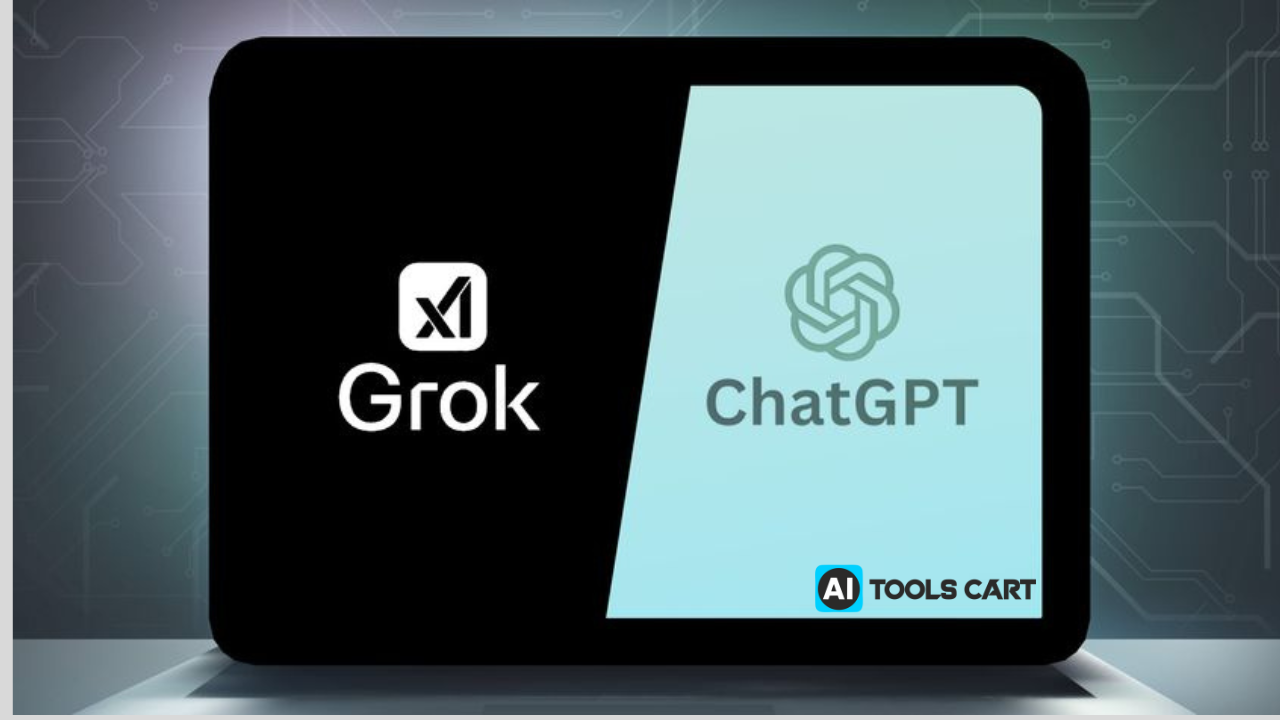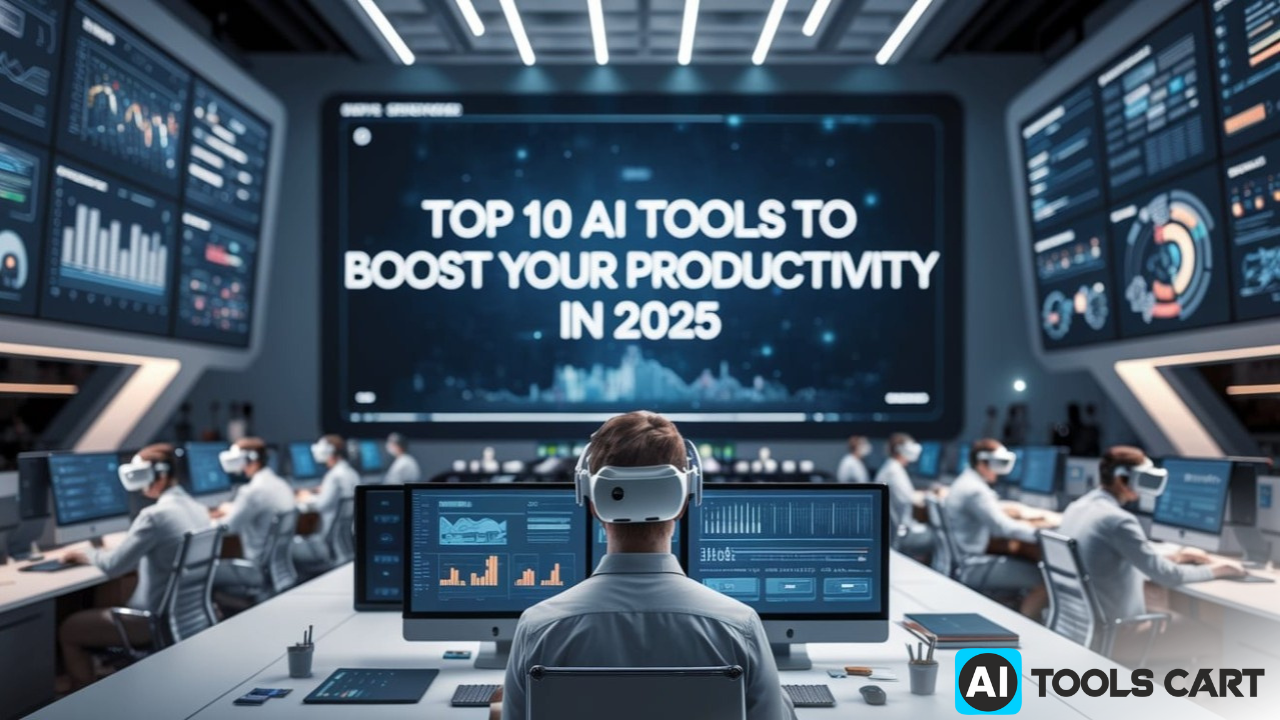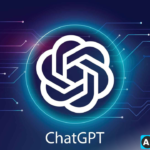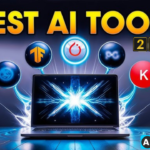Meet All New Amazon AI agent That Can Shop for You Online
Meet All New Amazon AI agent That Can Shop for You Online Imagine this: you’re relaxing on your couch, craving quirky flamingo socks—but Amazon doesn’t have them. Normally, you’d browse endlessly. Now? Meet the Amazon AI agent. This smart tool shops for you across the web, even outside Amazon. The Amazon AI agent finds your item, completes checkout, and you just sip your coffee. Game-changer, right? What Is This Amazon AI Agent All About? Let me paint you a picture. A few days ago, I was scrolling through my phone, half-asleep, when I stumbled across the news: Amazon’s testing a shiny new Amazon AI agent called “Buy for Me.” Launched in early April 2025, this isn’t just another chatbot telling you what’s in stock. Nope—this bad boy steps out into the wild internet, browses other stores, and buys stuff for you, all without you leaving the Amazon app. It’s like having a personal shopper who’s lightning-fast and doesn’t complain about sore feet. Here’s the gist: If Amazon doesn’t have what you’re after—say, those flamingo socks or a niche gadget—the Amazon AI agent kicks into gear. It scours third-party websites, shows you options, and, once you pick, fills in your details and seals the deal. I couldn’t believe it at first—handing over my shopping to an AI felt futuristic, like something out of a sci-fi movie. But the more I dug into it, the more I realized this could change how we shop online forever. How I Stumbled Into Testing This AI Wonder I have the Confession I’m a tech geek, so when I heard about the Amazon AI agent called “Buy for Me,” I had to dig in. It’s still in testing, but a friend in the trial shared her experience. She wanted a rare vinyl record Amazon didn’t carry. Instead of endless Googling, she typed it into the app, and the Amazon AI agent found it on another site, completed the purchase, and had it delivered—no stress, no sketchy websites. Hearing her rave about it got me thinking: Could this be the ultimate lazy-shopper hack? Or is it too good to be true? Let’s break it down together. How Does the Amazon AI Agent Work? So, how does this magic happen? From what I’ve gathered, “Buy for Me” is powered by Amazon’s fancy Nova AI models, with a sprinkle of help from Anthropic’s Claude tech (yep, the same folks behind some top-tier AI breakthroughs). Here’s the step-by-step scoop: You Search, It Hunts: You type what you want into the Amazon Shopping app—say, “vintage leather journal under $50.” If Amazon’s out of stock, the Amazon AI agent doesn’t give up. It ventures out to other websites instead. Options Galore: The AI comes back with a list of matches from third-party sites. You get to browse pics, prices, and details right there in the app—no need to juggle tabs or risk dodgy pop-up ads. Checkout Made Easy: Pick your fave, and the AI takes over. It visits the site, plugs in your shipping address and payment info (securely, of course), and places the order. You just sit back and wait for the delivery truck. Returns? No Sweat: If something’s off—like the journal’s not as vintage as promised—you handle returns through the original seller, guided by the app. What blew my mind is the security bit. Amazon says it uses encryption so they can’t peek at what you’re buying outside their platform. Compare that to other AI shoppers—like Perplexity’s, which uses a prepaid card, or Google’s, where you manually enter your details—and Amazon’s approach feels slicker, safer even. Why This AI Agent Is a Big Deal Let’s zoom out for a sec. Online shopping’s already a trillion-dollar game, and Amazon’s been king of the hill forever. But this Amazon AI agent? It’s like they’ve just upgraded their crown. Here’s why I think it’s a game-changer: Saves You Time: No more endless scrolling or price-comparing. The AI does the grunt work, leaving you free to binge your favorite show instead. Expands Your Options: Stuck on Amazon’s inventory? Not anymore. This agent opens up the whole internet, making it a one-stop shop for everything. Keeps It Simple: You don’t need to be tech-savvy. If you can type a sentence, you can use this tool—no extra apps or logins required. I started imagining all the ways this could fit into my life. Need a last-minute gift? Done. Hunting for a discontinued snack from my childhood? The Amazon AI agent might just track it down. It’s like having a super-smart buddy who knows every store on the planet. see top AI Business Model by clicking here My Take: The Good, The Bad, and The “Hmm” Alright, let’s get real—I’m not here to just gush. I’ve been mulling over this Amazon AI agent, and there’s plenty to love, but a few question marks too. Here’s my honest take: The Good Stuff Effortless Vibes: My friend’s vinyl hunt took minutes, not hours. That’s a win in my book. Trust Factor: Amazon’s got a rep for smooth transactions. Knowing they’re behind the scenes makes me less nervous about third-party buys. Future Potential: If this takes off, imagine what’s next—AI booking flights, planning parties, or even haggling for deals? The possibilities are wild. The “Hmm” Moments AI Slip-Ups: AI isn’t perfect. What if it buys 10 journals instead of 1? TechCrunch mentioned these agents can lag or glitch—something to watch out for. Control Freak Alert: I like picking my own stuff sometimes. Handing it all to an AI feels a bit like letting go of the steering wheel. Availability Tease: It’s only in testing now. Us regular folks might be waiting a while to play with it. The Bad (Maybe?) Privacy Niggles: Even with encryption, I wonder how much data this AI scoops up about my shopping habits. Amazon already knows I love quirky socks—do they need more ammo? Overall, I’m leaning toward “this is awesome” with a side of “let’s see how it shakes out.” What do you










